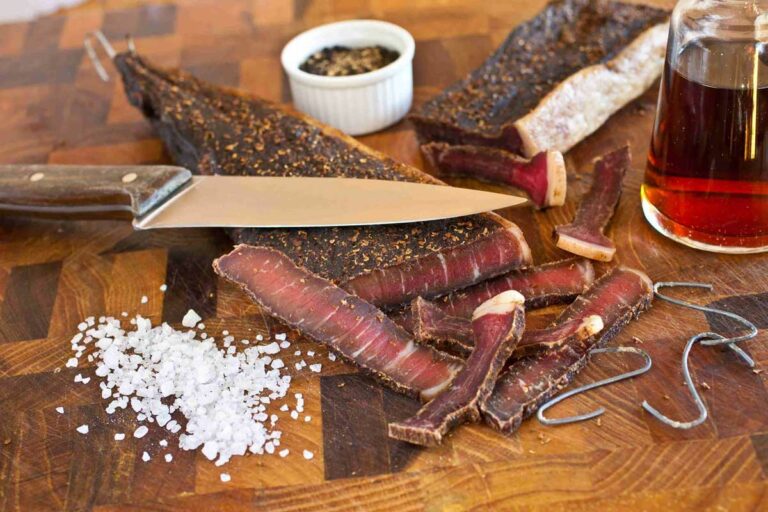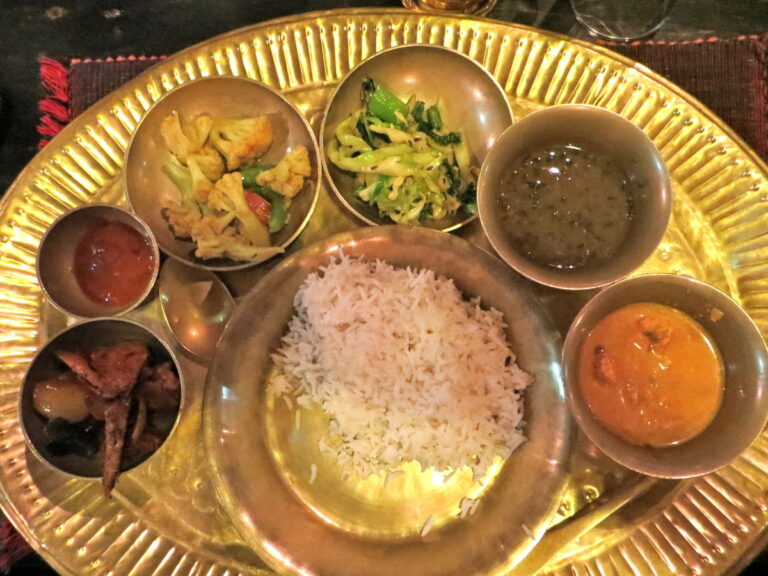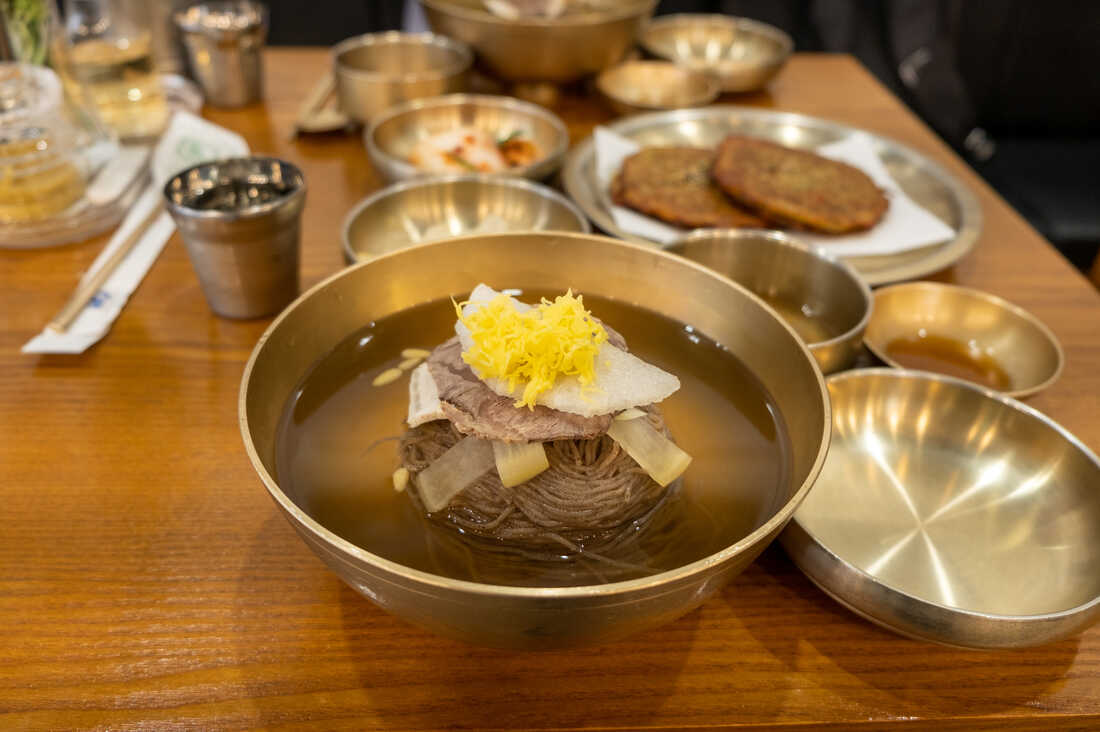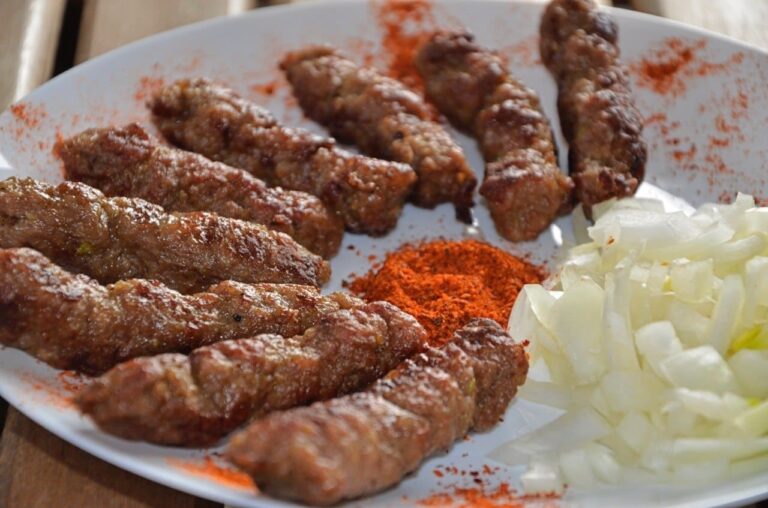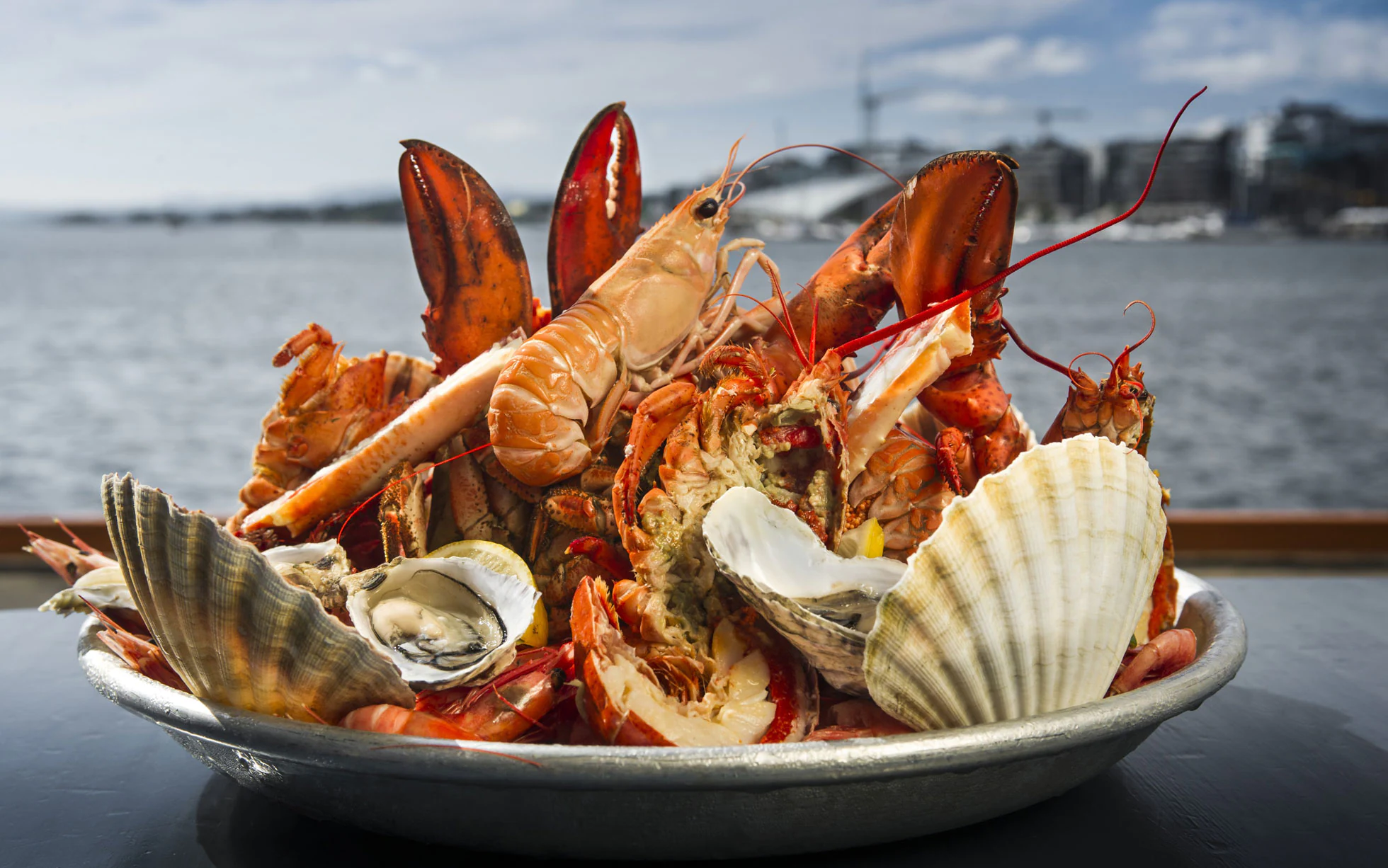Introduction to Namibian Cuisine
Namibian cuisine is a blend of African and European influences, resulting in a unique and flavorful culinary experience. The country’s diverse landscape, including deserts, savannas, and coastal regions, has also contributed to the variety of ingredients and dishes that make up Namibian cuisine.
The Diversity of Namibian Cuisine
Namibian cuisine is made up of a range of dishes that vary by region and ethnicity. The traditional cuisine of the Himba people, for example, is different from that of the Herero people. Similarly, the coastal regions of Namibia have a different culinary tradition than the inland regions. Despite these differences, there are certain ingredients and dishes that are found throughout the country, such as meat, maize, and beans.
Regional Specialties in Namibia
Namibia’s regional specialties are a reflection of the country’s diversity and cultural heritage. One popular dish in the north of Namibia is oshifima, a porridge made from mahangu (pearl millet), which is often served with meat and vegetables. In the south of Namibia, potjiekos is a popular dish that is cooked over an open fire in a cast iron pot. It typically contains meat, potatoes, and vegetables.
Meat-Based Specialties in Namibia
Meat is a staple ingredient in Namibian cuisine, and the country is known for its high-quality game meat. One popular meat-based dish is kapana, which consists of grilled or barbecued meat that is seasoned with a mixture of spices and served with a spicy tomato sauce. Another dish, called boerewors, is a type of sausage that is typically made from beef or game meat.
Fish-Based Specialties in Namibia
Namibia’s long coastline and abundant marine life have contributed to the country’s seafood culture. One popular dish is fish curry, which is made with fresh fish, coconut milk, and a blend of spices. Another dish, called kapenta, is made from small, dried fish that are seasoned with spices and cooked with onions and tomatoes.
Vegetarian and Vegan Specialties in Namibia
While meat is a prominent part of Namibian cuisine, there are also vegetarian and vegan options available. One popular dish is morogo, a vegetable that is similar to spinach and is often served with pap (maize porridge). Another dish, called oshitavata, is a stew made from pumpkin and beans that is often served with oshifima.

